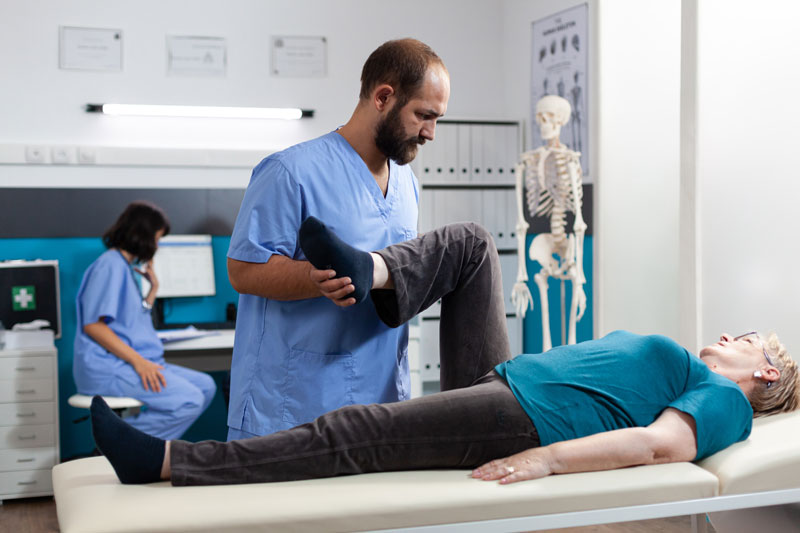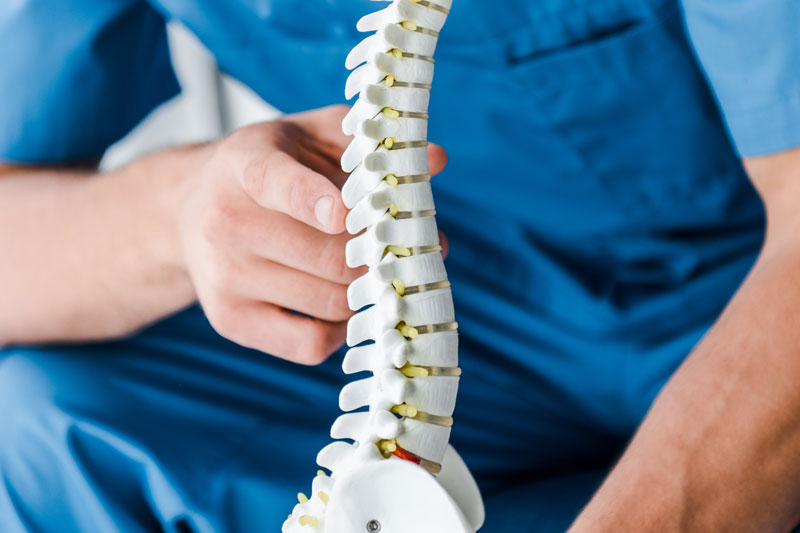What is Joint Pain?
We have 360 joints in the human body, and they’re pretty much all in constant use over the course of a day. Because of that, the cartilage around them, protecting them, can wear away over time.
This causes pain, stiffness and – in some cases – a loss of mobility. While this is most commonly seen in older patients, it can happen to anybody; commonly affecting younger patients in specific joints that they use for repetitive motions, such as typing on a computer.
If allowed to worsen, this kind of condition can make it near impossible to complete basic tasks that require the use of your joints, and can lead to severe pain when the joints are used.

What Causes Joint Pain?
Joint pain can be due to a range of conditions or injury, but the most common cause is osteoarthritis (also known as degenerative joint disease). This is a common form of arthritis that impacts millions of adults worldwide. It’s known as the “wear and tear” disease – but there are other causes too, including:
- Repetitive motion/strain
- Infection
- Rheumatoid arthritis
- Post-injury joint trauma
What Are The Symptoms of Joint Pain?
Because joint pain can be a spectrum, depending on severity and cause, the symptoms may vary. Typically though, they will include pain, tenderness, some swelling, a grating sensation and/or a popping noise when using the joint. All joint pain should be seen by a doctor, but should be considered serious if:
- You have severe joint pain that persists
- You have severe joint swelling that persists

What Are My Treatment Options for Joint Pain?
You use your joints daily to move, complete day-to-day tasks, and you even used your joints to find this webpage. This is why it’s crucial that you treat them correctly. If you experience joint pain, it’s important to know that it will not stop on its own. This kind of pain requires proper care and pain management to maintain your ease of movement.
Some of the ways your doctor might treat you include:
- Sacroiliac Joint Injections – This will be most relevant if your pain is coming from this joint, where your spine connects to your pelvis. For the procedure, your healthcare provider injects medicine directly into the joint to ease pain.
- Facet Joint Injections – Again, this will be specific to pain localized to this joint – or the diagnosis of the location if unsure. For this procedure, your healthcare provider injects medicine directly into the joint to numb, and ease pain.
- Radiofrequency Ablations – This is a nonsurgical procedure making use of radiofrequency waves, targeting nerves sending the pain signals – interrupting them, and limiting or preventing pain.
Frequently Asked Questions about Joint Pain
1. What is Osteoarthritis?
Osteoarthritis is a common type of arthritis that happens when your cartilage wears down, leaving the bones rubbing against each other.
2. What is Degenerative Joint Disease?
Degenerative Joint Disease is an alternative name for Osteoarthritis.
3. What is the best treatment for Osteoarthritis?
The best treatment for Osteoarthritis will vary depending on the severity and location of your case. To find out what would be most effective for you, schedule a consultation









